Instruction
A fix for overactive hips, a cause of “The Flip”
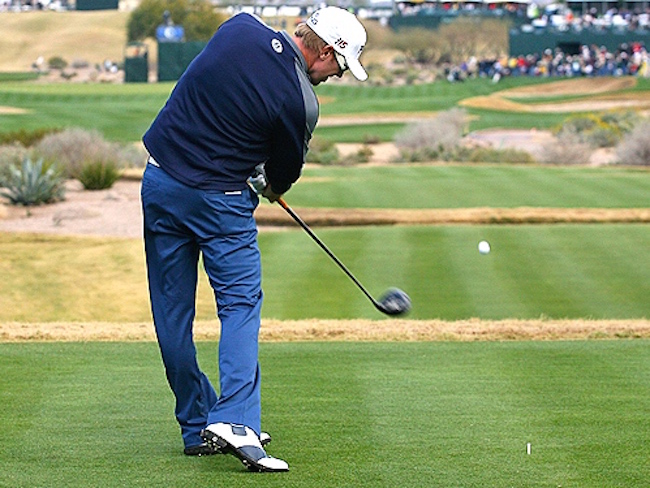
As we all know, the golf swing is powered from the ground up, but many golfers take that too far — particularly when it comes to hip action.
Hip action is an important factor for controlling the low point and impact alignments of a golf swing, but when it’s overused it can cause the lower body to outrun the the upper body and create impact issues and severe mishits. So how do you fix excessive hip use? I’ve used my teaching tools, including Trackman data from a recent lesson, to explain.
In this sample swing, you can see that this student’s hips have slid too much laterally — they’re way past the vertical yellow line that I drew. This caused the student’s head to stay back in an effort to counterbalance his body movement. When this occurs, the right shoulder dives downward for too long in the downswing, and the low point shifts rearward. The move also causes the golfer’s pivot to stall, and his hands had to fire early in effort to move the low point father forward so he didn’t hit behind the ball.
You know the shot I’m talking about. With an iron, it causes very thin contact that sounds “clicky” and has little compression.
When golfers make this move, the ball will usually fly wildly offline since the flip interrupts the normal closing rate of the club face. Dynamic loft and vertical impact points will be compromised because of the flip move as well. It’s not a great combination, wouldn’t you agree?
So what’s the solution?
The best way to combat this type of swing is to reduce hip action by hitting small shots with your left foot turned in to feel yourself posting up more through impact. When you do this, your rear shoulder will move more “down and out,” which moves moving your low point more forward through impact without the need for any make-up moves.
A Word of Caution: When doing this drill, only swing at slow-motion speed. Hitting full speed shots like this may cause injury to your left knee.
When you turn your left foot inward, you’ll feel the instant posting up of your lower body. From there, it’s up to you to move the right shoulder through impact so the pivot of the upper body will continue to “pull” the arms and hands through. In order to do this, you’ll need to feel like you’re hitting low punch shots, which will cause you to increase shaft lean at impact. It will also reduce your dynamic loft by adding more compression.
Remember, this is a two-fold process:
- You must slow the hips.
- The upper body pivot must drive the arms through impact, leaning the shaft more forward.
Once you have this feeling at partial speed, work up to full speed with this same type of connected, punch-shot feeling until you can do it at Mach 1 with your driver!
- LIKE74
- LEGIT20
- WOW9
- LOL11
- IDHT7
- FLOP9
- OB10
- SHANK132
Instruction
Clement: Stop ripping off your swing with this drill!

Not the dreaded headcover under the armpit drill! As if your body is defective and can’t function by itself! Have you seen how incredible the human machine is with all the incredible feats of agility all kinds of athletes are accomplishing? You think your body is so defective (the good Lord is laughing his head off at you) that it needs a headcover tucked under the armpit so you can swing like T-Rex?
- LIKE0
- LEGIT1
- WOW2
- LOL0
- IDHT0
- FLOP0
- OB0
- SHANK2
Instruction
How a towel can fix your golf swing

This is a classic drill that has been used for decades. However, the world of marketed training aids has grown so much during that time that this simple practice has been virtually forgotten. Because why teach people how to play golf using everyday items when you can create and sell a product that reinforces the same thing? Nevertheless, I am here to give you helpful advice without running to the nearest Edwin Watts or adding something to your Amazon cart.
For the “scoring clubs,” having a solid connection between the arms and body during the swing, especially through impact, is paramount to creating long-lasting consistency. And keeping that connection throughout the swing helps rotate the shoulders more to generate more power to help you hit it farther. So, how does this drill work, and what will your game benefit from it? Well, let’s get into it.
Setup
You can use this for basic chip shots up to complete swings. I use this with every club in my bag, up to a 9 or 8-iron. It’s natural to create incrementally more separation between the arms and body as you progress up the set. So doing this with a high iron or a wood is not recommended.
While you set up to hit a ball, simply tuck the towel underneath both armpits. The length of the towel will determine how tight it will be across your chest but don’t make it so loose that it gets in the way of your vision. After both sides are tucked, make some focused swings, keeping both arms firmly connected to the body during the backswing and follow through. (Note: It’s normal to lose connection on your lead arm during your finishing pose.) When you’re ready, put a ball in the way of those swings and get to work.

Get a Better Shoulder Turn
Many of us struggle to have proper shoulder rotation in our golf swing, especially during long layoffs. Making a swing that is all arms and no shoulders is a surefire way to have less control with wedges and less distance with full swings. Notice how I can get in a similar-looking position in both 60° wedge photos. However, one is weak and uncontrollable, while the other is strong and connected. One allows me to use my larger muscles to create my swing, and one doesn’t. The follow-through is another critical point where having a good connection, as well as solid shoulder rotation, is a must. This drill is great for those who tend to have a “chicken wing” form in their lead arm, which happens when it becomes separated from the body through impact.
In full swings, getting your shoulders to rotate in your golf swing is a great way to reinforce proper weight distribution. If your swing is all arms, it’s much harder to get your weight to naturally shift to the inside part of your trail foot in the backswing. Sure, you could make the mistake of “sliding” to get weight on your back foot, but that doesn’t fix the issue. You must turn into your trial leg to generate power. Additionally, look at the difference in separation between my hands and my head in the 8-iron examples. The green picture has more separation and has my hands lower. This will help me lessen my angle of attack and make it easier to hit the inside part of the golf ball, rather than the over-the-top move that the other picture produces.


Stay Better Connected in the Backswing
When you don’t keep everything in your upper body working as one, getting to a good spot at the top of your swing is very hard to do. It would take impeccable timing along with great hand-eye coordination to hit quality shots with any sort of regularity if the arms are working separately from the body.
Notice in the red pictures of both my 60-degree wedge and 8-iron how high my hands are and the fact you can clearly see my shoulder through the gap in my arms. That has happened because the right arm, just above my elbow, has become totally disconnected from my body. That separation causes me to lift my hands as well as lose some of the extension in my left arm. This has been corrected in the green pictures by using this drill to reinforce that connection. It will also make you focus on keeping the lead arm close to your body as well. Because the moment either one loses that relationship, the towel falls.


Conclusion
I have been diligent this year in finding a few drills that target some of the issues that plague my golf game; either by simply forgetting fundamental things or by coming to terms with the faults that have bitten me my whole career. I have found that having a few drills to fall back on to reinforce certain feelings helps me find my game a little easier, and the “towel drill” is most definitely one of them.
- LIKE11
- LEGIT1
- WOW2
- LOL0
- IDHT0
- FLOP2
- OB0
- SHANK8
Instruction
Clement: Why your practice swing never sucks
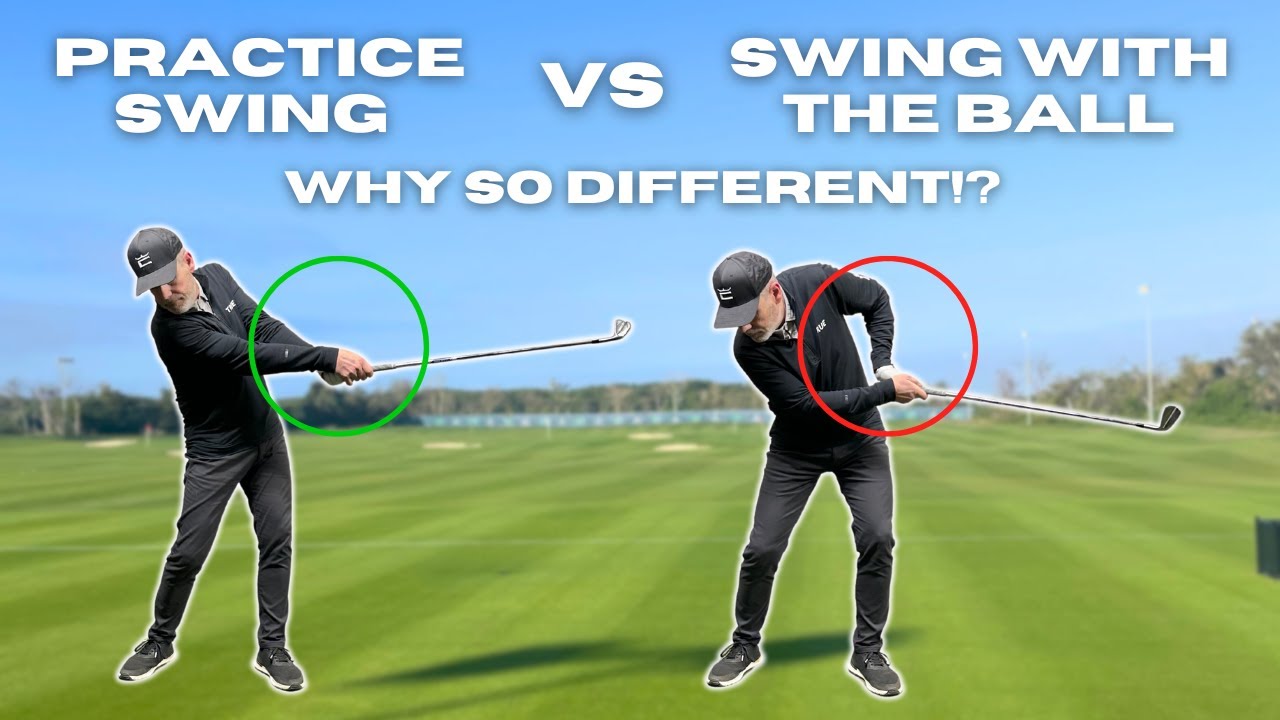
You hear that one all the time; I wish I could put my practice swing on the ball! We explain the huge importance of what to focus on to allow the ball to be perfectly in the way of your practice swing. Enjoy!
- LIKE0
- LEGIT0
- WOW0
- LOL0
- IDHT0
- FLOP0
- OB0
- SHANK2
-

 19th Hole2 days ago
19th Hole2 days agoJohn Daly stuns fans into silence with brutal opening tee shot on PGA Tour Champions
-

 19th Hole6 days ago
19th Hole6 days ago2-time major champ announces shock retirement from the sport at age of 33
-

 19th Hole1 week ago
19th Hole1 week agoEdoardo Molinari reveals the latest PGA Tour golfer to turn down ‘good offer’ from LIV Golf
-

 19th Hole1 week ago
19th Hole1 week agoScottie Scheffler had an interesting response when asked how he ‘quiets the noise’ following Players victory
-

 19th Hole1 week ago
19th Hole1 week agoJon Rahm dealt fresh blow to hopes of qualifying for 2025 Ryder Cup
-

 Equipment2 weeks ago
Equipment2 weeks agoBest driver 2024: The best driver for you, as recommend by expert club fitters
-

 19th Hole2 days ago
19th Hole2 days agoCharlie Woods finds it tough going on American Junior Golf Association debut
-
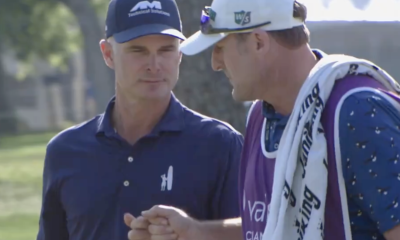
 19th Hole5 days ago
19th Hole5 days agoWhy Kevin Streelman sought USGA approval to use this equipment tool as he leads Valspar after round one

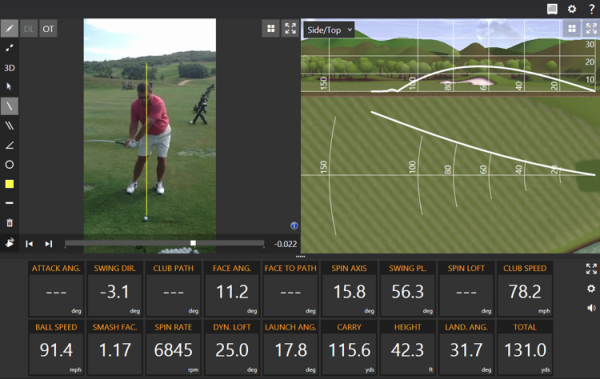
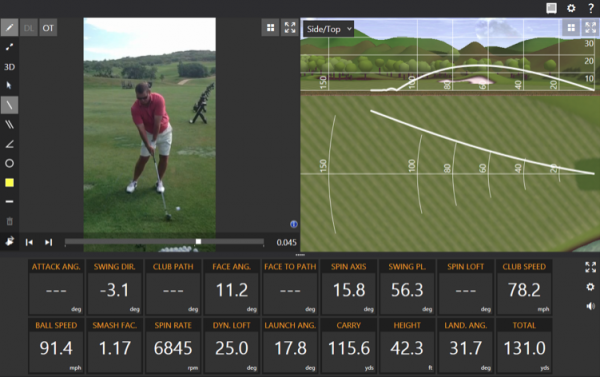
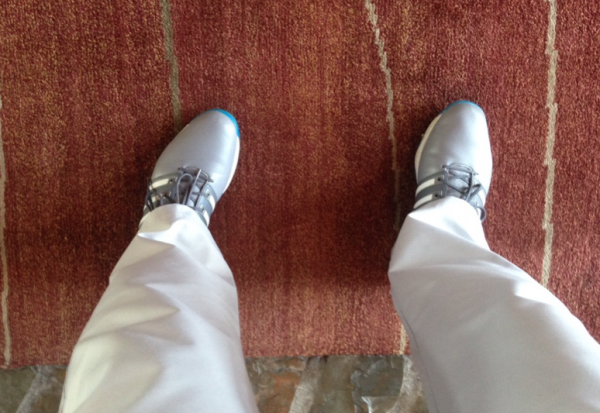












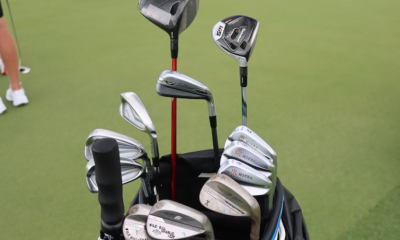

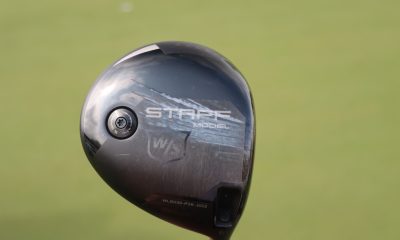

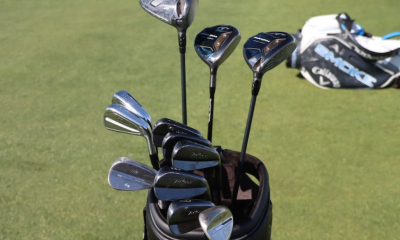

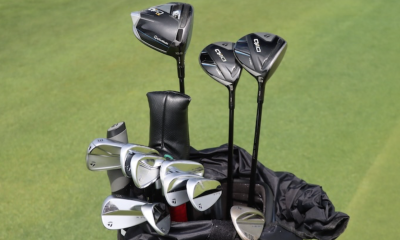

JP K
Jul 15, 2015 at 7:39 pm
Extremely impractical advice. Why not use “the marching move” which you can easily incorporate into the swing and take to the course much like 14 of 17 multiple major winners have?
Rob
Jul 14, 2015 at 4:33 pm
Wow, so many people must have missed the point of this article judging by the number of shanks.
Reducing hip action means reducing the lateral slide of the hips, not slowing down the rotation of the hips. Two totally different things.
dr bloor
Jul 12, 2015 at 11:57 am
Actually, it can be as big a problem for hitters as golfers. If your hips “fly open” through your swing, you’re more vulnerable to losing a lot of power and/or making a lot of weak contact, probably to the right side (for right-handed hitters).
other paul
Jul 11, 2015 at 2:16 am
I started rotating my hips as fast as I can and am doing the opposite of this article and I gained 25 yards on every club in the bag. No flip, just a rotational swing with very little slide.
I suspect people who are reading the same articles I am clicked shank…
Tom Stickney
Jul 11, 2015 at 12:09 am
Forget the photo of Hunter. It does not show what the article is about
Ryan
Jul 9, 2015 at 8:00 pm
So Hunter Mahan flips ?
may be typos
Jul 10, 2015 at 8:44 pm
To a degree, I’m sure everyone does
You gotta release sometime
gdb99
Jul 9, 2015 at 5:03 pm
Can’t wait to get to the range to try this!
I can feel my hips sliding forward instead of turning, and my hips are always tight after playing a couple days in a row.
Thanks!
Tom Stickney
Jul 9, 2015 at 2:48 pm
One last note…never hit full speed shots with any club with your left foot turned in.
Nolanski
Jul 9, 2015 at 2:12 pm
Great read. I always had my front foot turned open slightly per Hogan’s Five Lessons book. But it just wasnt for me because my hips would just fly open.